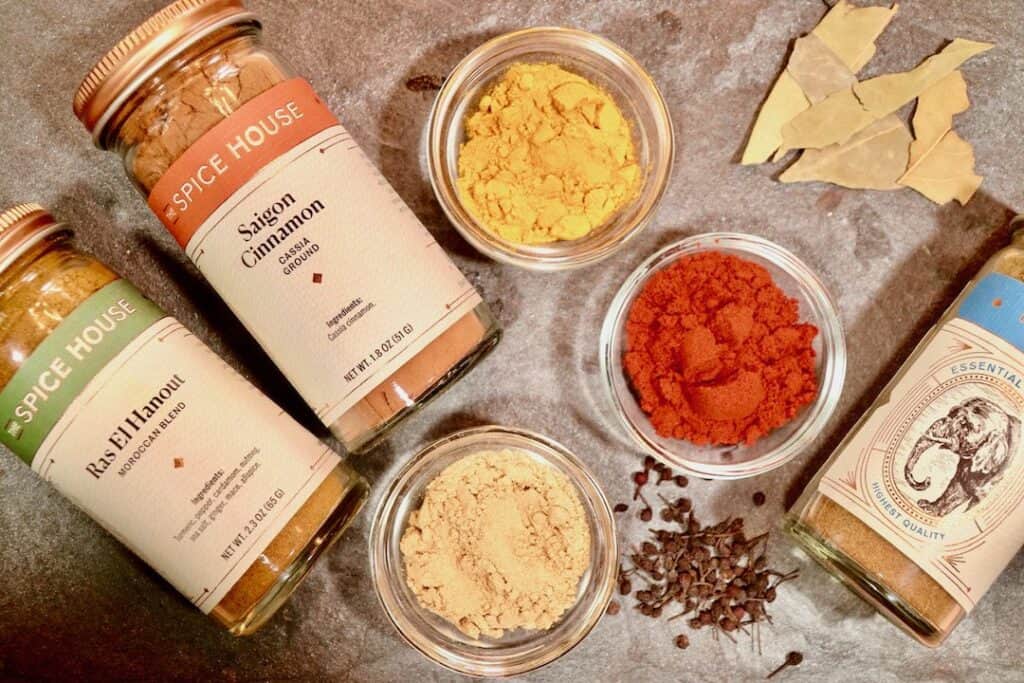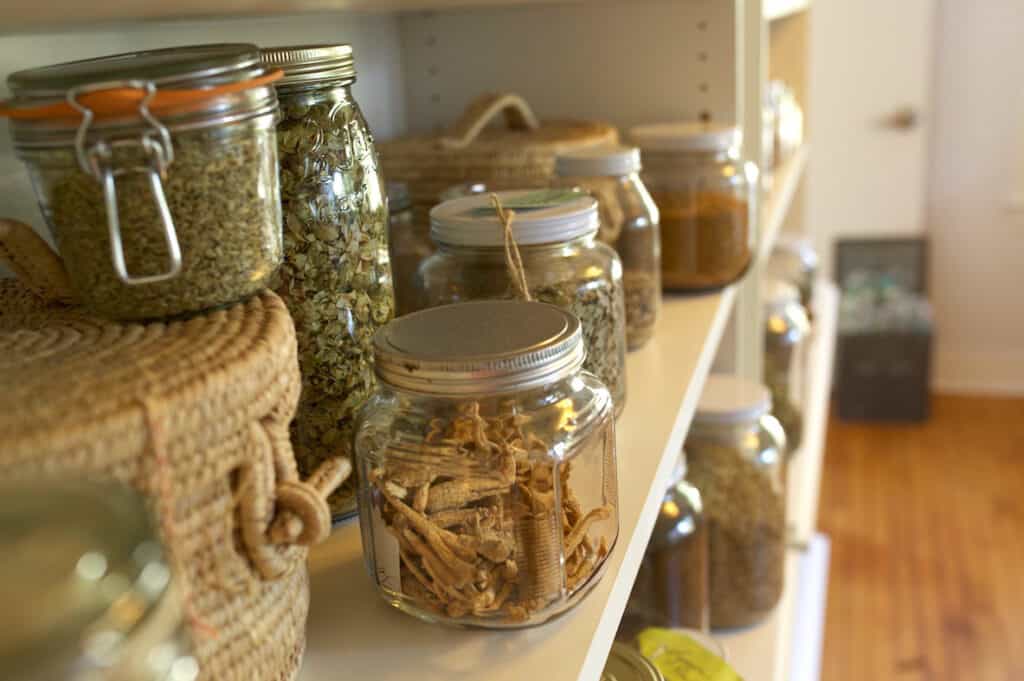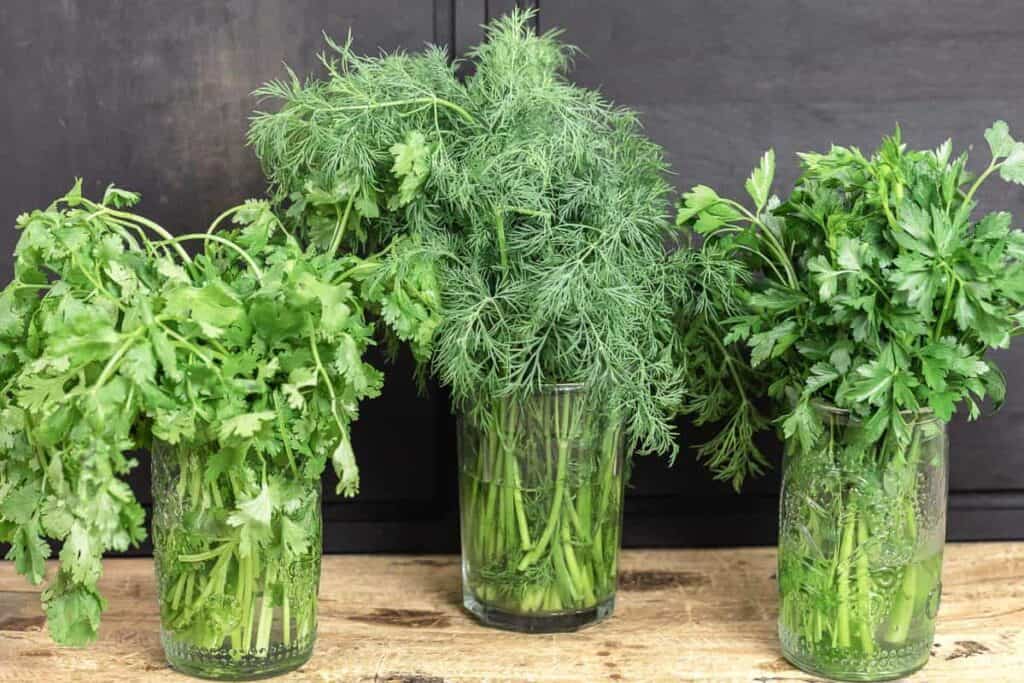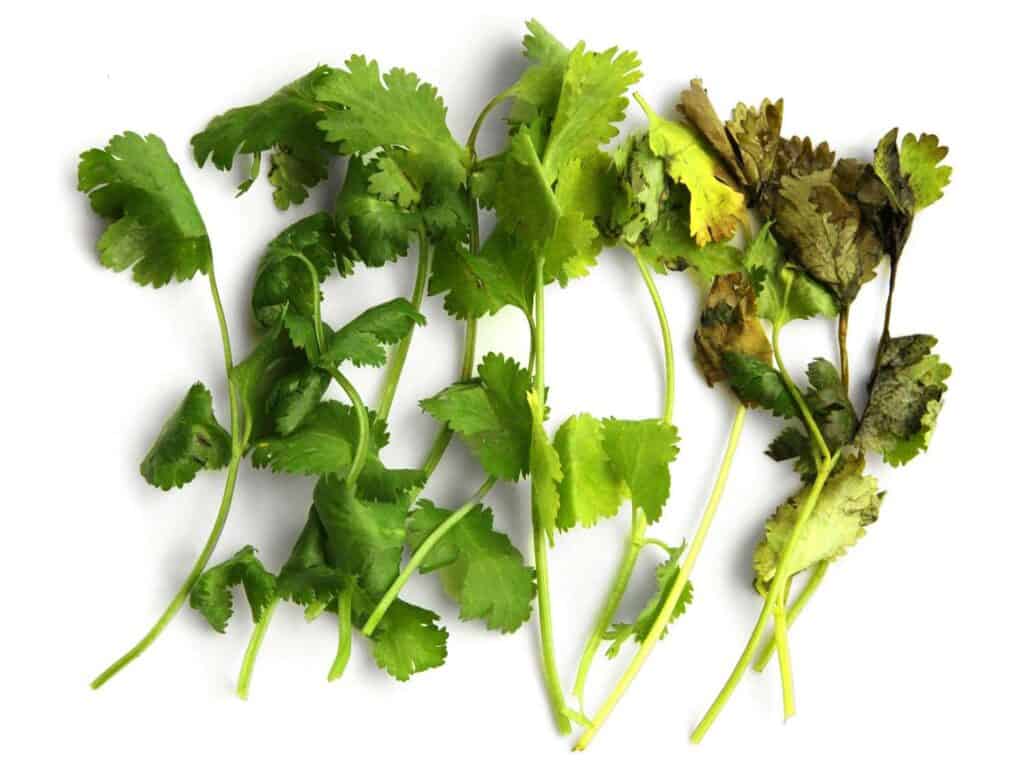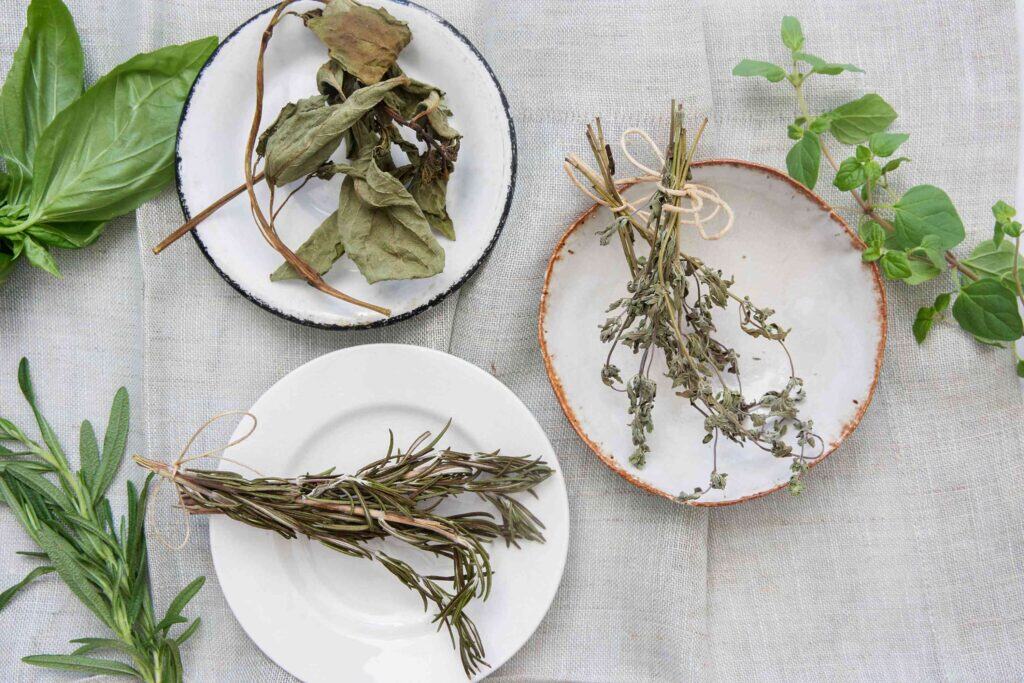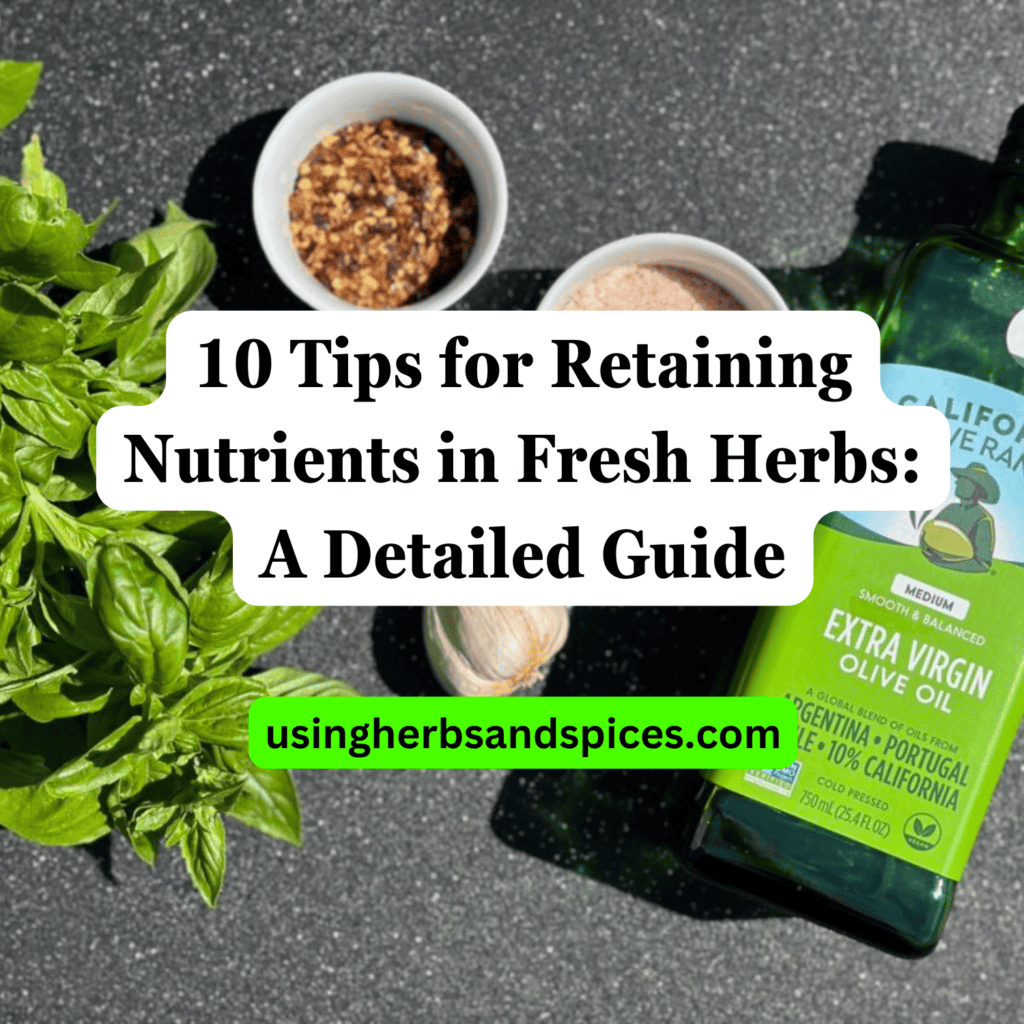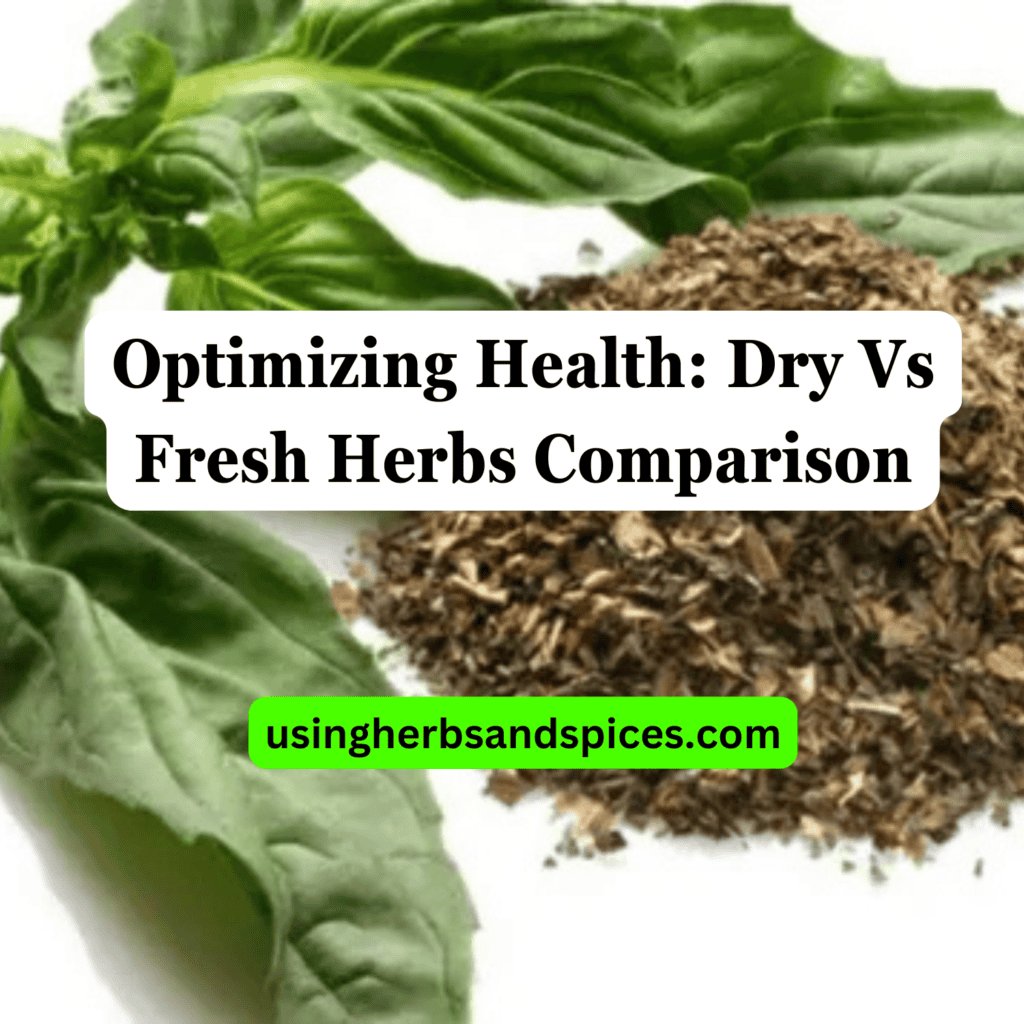SUMMARY: Dried herbs generally offer a longer shelf life than fresh herbs, making them a convenient choice for extended storage. However, for the freshest flavor and potent aroma, freshly picked herbs are unbeatable, requiring careful storage to maintain their quality.
Ever wondered why your freshly picked herbs seem to wither so quickly compared to the dried ones in your spice cabinet?
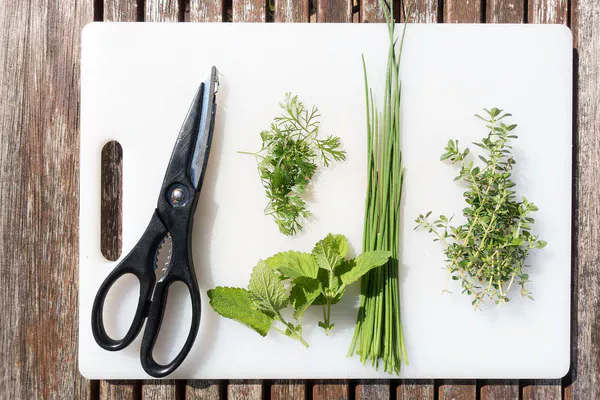
This article dives into the core of preserving herbs, offering a closer look at the battle of longevity between dried and freshly picked herbs.
- The basics of herb preservation
- In-depth exploration of dried herbs’ shelf life
- How fresh herbs compare in terms of lasting power
- A comprehensive comparison to guide your culinary choices
Keep reading to discover which preservation method best suits your lifestyle and cuisine, making every flavor count.
The Basics of Herb Preservation
Understanding how to preserve herbs is crucial for anyone looking to extend the flavors of their garden or market finds throughout the year. Preservation not only extends the usable life of these aromatic plants but also plays a significant role in their nutritional and culinary value. The two primary methods – drying and refrigeration – cater to different needs and result in distinct tastes and uses in cooking.
Drying herbs is a timeless practice that reduces moisture, thus slowing down the degradation process and inhibiting the growth of microorganisms. This method is best for herbs with robust flavors like rosemary, thyme, and oregano, which actually become more concentrated upon drying. On the other hand, refrigeration or freezing fresh herbs preserves their vibrant color and fresh flavor, ideal for herbs such as basil, cilantro, and parsley, which can lose their essence when dried.
Choosing the right preservation method can make all the difference in your culinary endeavors. It’s not just about extending shelf life; it’s about preserving the herb’s essence, flavor, and nutritional value. Each method comes with its own set of guidelines for preparation, storage, and use, highlighting the importance of understanding the nuances of herb preservation.
Shelf Life: Dried Herbs
The shelf life of dried herbs far exceeds that of their fresh counterparts, often lasting between one to three years when stored properly. This impressive longevity stems from the dehydration process, which removes the moisture that bacteria, mold, and yeast need to thrive. The key factors influencing the shelf life of dried herbs include the method of drying, the storage conditions, and the type of herb. For instance, herbs dried in a dehydrator or oven generally possess a longer shelf life compared to those air-dried due to the more thorough removal of moisture.
Optimal storage practices for dried herbs involve keeping them in a cool, dark place away from direct sunlight and moisture. Air-tight containers, preferably made of glass or ceramic with a tight-sealing lid, are ideal for prolonging their quality. It’s also advisable to label containers with the date of drying or purchase to keep track of their age. While dried herbs may not spoil in the same way fresh herbs can, they gradually lose their potency and flavor over time, making proper storage an essential factor in maximizing their shelf life and efficacy.
Shelf Life: Fresh Herbs
The shelf life of freshly picked herbs can vary significantly depending on several factors, including the type of herb, storage method, and environmental conditions. Generally, when stored properly in the refrigerator, fresh herbs can last from several days to two weeks. Soft herbs like basil, cilantro, and parsley tend to wilt and lose their vigor within a week, whereas hardier herbs such as rosemary, thyme, and sage may keep their freshness for up to two weeks.
To maximize the shelf life of fresh herbs, it’s essential to follow proper storage techniques. Keeping herbs in a glass of water in the fridge, much like a bouquet of flowers, and covering them loosely with a plastic bag can extend their life. Alternatively, wrapping them in a damp paper towel and then placing them in a resealable plastic bag also helps in maintaining their freshness. It’s crucial to keep these herbs away from the coldest parts of the refrigerator to prevent freezing damage. Regularly changing the water or the damp paper towel helps in keeping them fresh for a longer period.
Another aspect to consider is the humidity level within the refrigerator. Excess moisture can lead to mold growth and faster decay, so it’s advisable to ensure that herbs are not overly damp when stored. Every fresh herb has its peculiarities when it comes to storage, so a tailored approach can significantly enhance their shelf life.
Comparing and Contrasting
When choosing between dried and fresh herbs, the decision often boils down to the specific needs and preferences of the user. Dried herbs, known for their long shelf life, can last for years when stored in a cool, dark, and dry place. This makes them an economical and convenient option for those who do not have regular access to fresh herbs. The flavor of dried herbs is more concentrated, which means they are better suited for dishes that cook for longer periods, allowing the flavors to fully infuse into the food.
On the other hand, fresh herbs offer a vibrancy in both color and flavor that dried herbs cannot match. They are typically used in dishes that are cooked for a short period or added at the end of cooking, preserving their fresh taste and nutritional value. However, their shelf life is significantly shorter, requiring proper storage and more frequent purchases or harvests for continuous use.
The choice between dried and fresh herbs also extends to their nutritional content. While both forms retain various nutrients, the drying process can lead to the loss of some vitamins, particularly those that are sensitive to heat, light, and air. Conversely, fresh herbs can provide higher levels of certain vitamins and antioxidants, contributing to the overall nutritional value of a dish.
Ultimately, the decision to use dried or fresh herbs depends on the desired outcome in terms of flavor, convenience, and nutritional content. Understanding the unique characteristics and benefits of each can help culinary enthusiasts make informed choices that best suit their cooking styles and dietary preferences.
Fresh vs. Dried Herbs: A Flavor and Longevity Showdown
In this exploration of the Battle of Longevity between dried and freshly picked herbs, we’ve uncovered valuable insights to guide your decisions in preservation and culinary use.
- Dried herbs offer an impressive shelf life, making them a convenient and economical choice for long-term storage.
- Fresh herbs, though shorter-lived, bring unmatched vibrancy and flavor to dishes, essential for certain recipes and tastes.
- The method of preservation significantly impacts the herb’s flavor profile, with drying concentrating flavors while freshness offers a delicate taste.
- Optimal storage practices differ markedly between dried and fresh herbs, each requiring specific conditions to maintain their best quality over time.
Ultimately, the choice between using dried or freshly picked herbs boils down to the specific needs of your culinary creations and storage capacities. By understanding these nuances, you can make informed decisions that best suit your palate, cuisine, and lifestyle.
Battle of Longevity: Dried Vs Freshly Picked Herbs FAQs
Which lasts longer, dried or fresh herbs?
Dried herbs typically offer a longer shelf life compared to fresh herbs. When properly stored in a cool, dark place, dried herbs can maintain their potency and flavor for up to 1-3 years. Fresh herbs, however, usually last for a week or two in the refrigerator, depending on the type of herb and storage method used.
How should I store dried herbs to maximize their shelf life?
To maximize the shelf life of dried herbs, store them in airtight containers away from direct sunlight, moisture, and heat. A cabinet or pantry that stays cool and dark is ideal. This protects the herbs from elements that can degrade their quality, such as light, air, and humidity.
What’s the best way to keep fresh herbs fresh for as long as possible?
Keeping fresh herbs fresh requires proper moisture control and refrigeration. For herbs with stems, like cilantro or parsley, trimming the ends and placing them in a jar of water in the refrigerator, similar to a bouquet of flowers, works well. For leafier herbs like basil, wrapping them in a damp paper towel and storing them in a plastic bag in the fridge can help maintain their freshness. Changing the water every few days or keeping the paper towel moist ensures the herbs stay fresh longer.
Can the flavor of herbs change when dried?
Yes, the flavor of herbs can significantly change when dried. Drying herbs concentrates their flavors, which can result in a more potent taste compared to their fresh counterparts. Some herbs, such as oregano, thyme, and rosemary, retain their flavor well when dried, whereas others, like basil, parsley, and cilantro, may lose some of their characteristic freshness and vibrancy.

